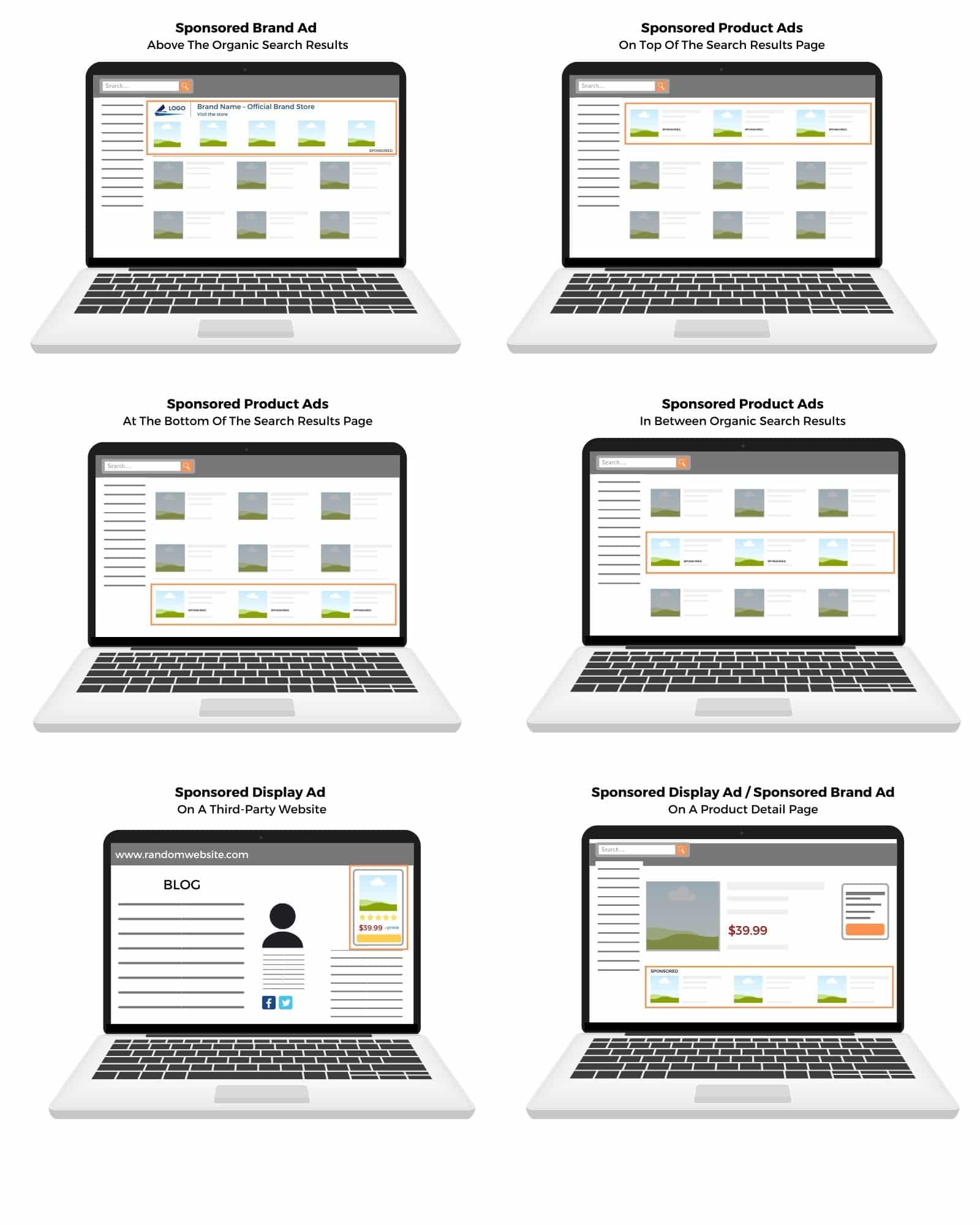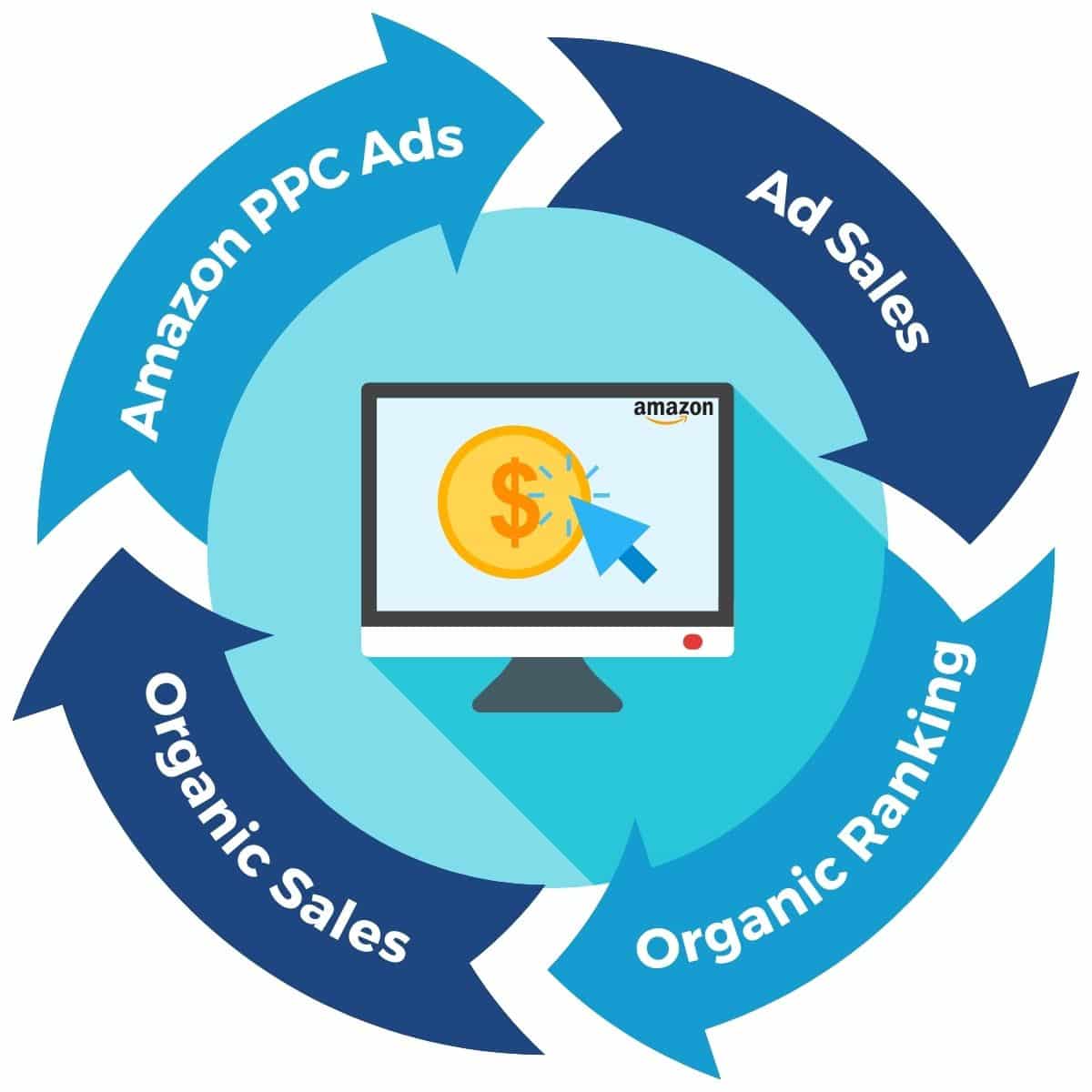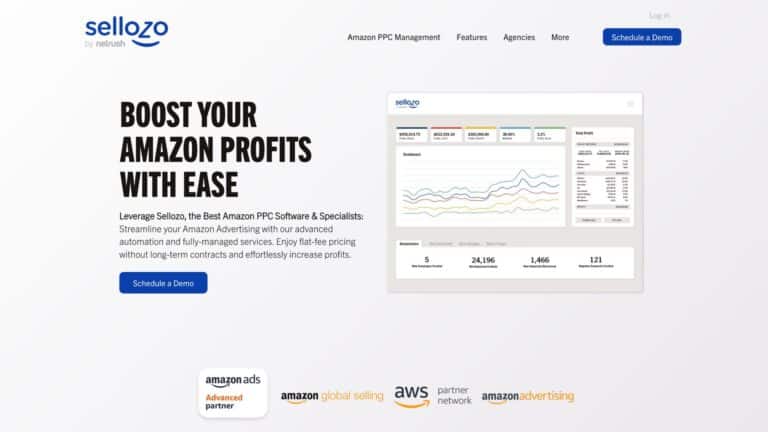Learning how to use Amazon PPC is a huge challenge for many sellers. Without profound PPC skills or professional help from PPC experts, you will never be able to use paid ads in a cost-efficient and truly sales-driving way.
Frustrated by the seemingly enormous learning curve, many sellers wonder if Amazon PPC is even worth it or if they can successfully position themselves on Amazon without running paid ads.
This article answers the question of whether Amazon PPC is worth it once and for all. You will learn the most important advantages of running PPC ad campaigns, which mistakes you should avoid and what strategies work best.
- Get More Exposure And Make Your Products Stand Out
- Benefit from a High Conversion Probability on Amazon
- Improve Your Organic Rankings with PPC Ads
- Get Valuable Data Insights from PPC Ads
- Fair Pricing Model: You Only Pay for Actual Clicks on Your Ads
- Caution: It's Not All Sunshine And Rainbows
- Conclusion – With a Well Thought Out Strategy Amazon PPC Is Worth It
Amazon PPC Gives Your Products More Exposure And Makes Them Stand Out
One advantage of running Amazon PPC ads is pretty obvious: With PPC ads, your product listings will get more exposure than non-sponsored product listings. There are three different types of PPC ads that are displayed to customers in prominent display locations on (and off) Amazon:
- Sponsored Product Ads – Sponsored product ads (SPA) can be displayed between, to the right of and below organic search results as well as on your other or your competitor’s product detail pages. SPA is the most popular among all Amazon PPC ad types.
- Sponsored Brand Ads – Sponsored brand ads (formerly called headline search ads) can be displayed above, to the left of, and below search results. With SBA, you have the option to showcase multiple products of your brand as well as your logo.
- Sponsored Display Ads – Sponsored display ads are special as they can be displayed both on and off Amazon, i.e. also on third party websites whose content matches your product. On Amazon itself, they are displayed on other product detail pages.

Each ad type has its own advantages and disadvantages as well as specific requirements (for example, you can use display ads and brand ads only if you are part of the vendor program or a professional seller registered with Amazon Brand Registry). With Amazon DSP advertising, there is also a non PPC ad model available.
What all ad types have in common is that no matter which format you use, your ads will always have a prominent placement on the search results pages. Thus, they give you more exposure for your products and catch the attention of browsing customers.
Especially during product launches, when you don’t have a sales history and no product reviews yet, it is recommended to use Amazon PPC so that the first customers become aware of your product.
Amazon’s Conversion Probability Is Very High
Today, more than 50% of online shoppers start their product search directly on Amazon. Unlike Google or social media ads, where customers may have other search intentions, people browsing Amazon are already willing to actually buy a product.
On Amazon, you solely present your products to people who already have a clear purchase intention. With Facebook or Instagram ads on the other hand, your ads are also seen by thousands of people who have no intention of buying a product like yours or are not in a “buying mode” the moment they see your ad.
That’s why the conversion rate, i.e. the rate of people who have clicked on your ad and then ultimately buy your product, is extremely high on Amazon compared to other platforms. Although the number varies depending on your category, price segment and competition density, the average conversion rate on Amazon is around 10%.
PPC Ads Help Improve Your Organic Rankings
A pleasant side effect of running successful Amazon PPC campaigns is that your organic (i.e. unpaid) rankings will also benefit enormously from your campaign success.
Amazon SEO is a challenging topic but basically you just need to understand that Amazon ranks those products best that are most likely to be purchased. There are several factors that will have an influence on your organic ranking, including your overall sales and reviews. The better your sales performance is, the higher will your ranking be.
Especially with new products, when you don’t have a sales history and no reviews yet, it is almost impossible or will take a very long time to achieve a very good ranking, especially in highly competitive niches.
By running Amazon PPC ads you drive a lot of traffic to your listing, get visitors to buy your product and collect your first reviews. The A9 algorithm – the Amazon ranking algorithm – takes these performance indicators into account and rewards your conversions, a good conversion rate and the first (good) reviews with an increase in your ranking.

Your now improved organic ranking in turn leads to more visibility, organic traffic, organic sales and reviews, which in turn has a good effect on your ranking and so on and so forth.
This way you will enter into a positive upward spiral.
If you invest the additional profits from your organic sales in further Amazon PPC campaigns, this effect is reinforced.
ADDITIONAL ADVANTAGE
The more sales you make, the lower your advertising costs will be.
Amazon PPC Delivers Valuable Data Insights
Another benefit of running Amazon PPC Ads is that you get valuable data insights that you wouldn’t get otherwise.
From analyzing your campaign reports you will get a better understanding of what your customers are looking for, i.e. which keywords are the ones that drive the most conversions and which keywords are irrelevant to your product. This information can help you optimize the content of your listing in a way that also improves its organic ranking.
You can also see what specific features your customers are looking for and take these insights into account, for example in your product development and in the presentation of your product.
You Only Pay for Actual Clicks on Your Ads
Finally, while Amazon PPC ads may not be cheap, the pricing model is pretty fair.
There is no flat fee or fee on impressions, you only pay for the actual clicks on your ads.
You pay neither an activation fee nor a subscription fee and can start with just a few dollars. In addition, your budget can be freely set and adjusted at any time.
This makes your Amazon PPC campaigns easily controllable and allows you to run successful PPC campaigns even if you’re on a tight budget.
Caution: It’s Not All Sunshine And Rainbows
Yes, Amazon PPC is worth it. But despite the amazing advantages Amazon PPC has to offer, there are some essential things you should keep in mind to avoid wasting your ad budget.
Only if you have a well thought out PPC strategy it makes sense to advertise on Amazon. If you run a random campaign that is poorly planned and executed, you can actually hurt your rankings more than help them. For example, a low conversion rate of your ads can be interpreted by the A9 algorithm as a sign that your offer is not relevant or attractive enough for the customers’ search intent.
In addition, you should not rely solely on Amazon PPC ads but create a holistic advertising plan that also includes other advertising measures and sources of external traffic.
If you are not sure how Amazon PPC works and you don’t have time to learn and master it yourself, we strongly recommend hiring an Amazon PPC specialist to help you develop a strategy and monitor your campaign’s success.
Conclusion – With a Well Thought Out Strategy Amazon PPC Is Definitely Worth It
Amazon PPC will always cost you money and there is a fine line between a good investment and burning money.
If you don’t a good strategy, spend your budget on the wrong places, use expensive and/or ineffective keywords, your campaigns will be doomed from the start.
However, if you put time and patience into learning Amazon PPC or invest in an Amazon PPC specialist who can help you create and manage your campaigns, paid ads can be a real game changer.
Especially with product launches, PPC ads are a wonderful tool to get your sales off the ground and push your ranking.
So is Amazon PPC worth it? Yes, it is – provided you invest time in educating yourself or get help from an Amazon specialist.
Use our matching service & find an Amazon PPC Expert – Free of charge →




